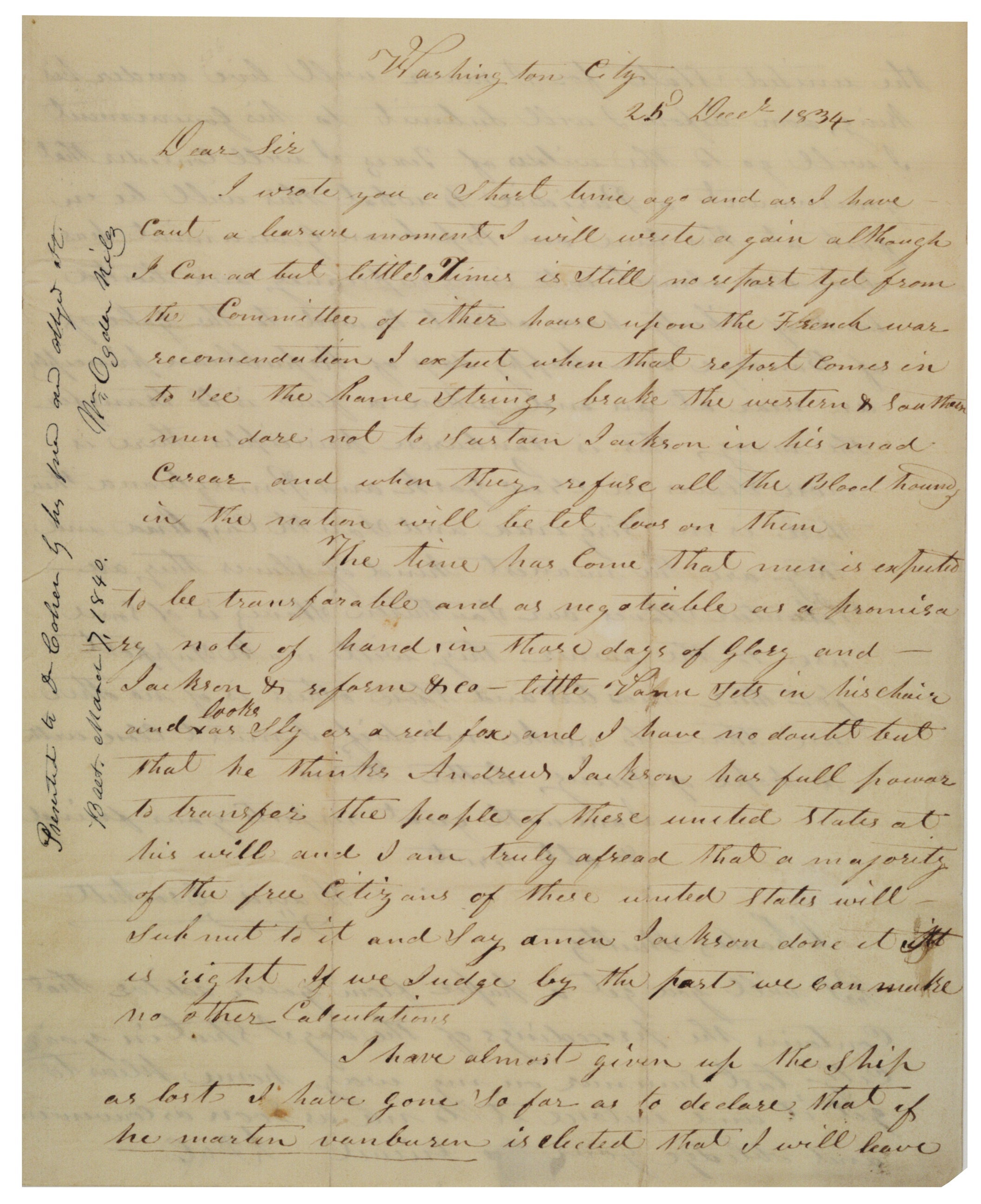Analyzing Sources on the Indian Removal Act Directions. Primary Sources CICERO 2010 1 Indian Removal Act United States Congress May 28 1830 Americans in the South supported the federal governments removal of the Indians because Americans wanted to settle Indian lands.

Analyzing Sources on the Indian Removal Act Directions.
Indian removal act primary source. The Indian Removal Act was signed into law by President Andrew Jackson on May 28 1830 authorizing the president to grant lands west of the Mississippi in exchange for Indian lands within existing state borders. A few tribes went peacefully but many resisted the relocation policy. Speech to Congress on Indian Removal 1830 The Indian Removal Act was passed by Congress on May 28 1830 during the presidency of Andrew Jackson.
The law authorized the president to negotiate with Indian tribes in the Southern United States for their removal to federal territory west of the Mississippi River in exchange for their ancestral homelands. Primary Sources CICERO 2010 1 Indian Removal Act United States Congress May 28 1830 Americans in the South supported the federal governments removal of the Indians because Americans wanted to settle Indian lands. At the time there was a conflict between Georgia and the Cherokee Indians living in the state.
The Indian Removal Act was signed into law by President Andrew Jackson. December 6 1830 President Andrew Jackson outlined his Indian removal policy in. Indian Removal Trail of Tears Primary Sources Source A.
Indian Removal Act US. Congress May 28 1830 Be it enacted by the Senate and House of Representatives of the United States of America in Congress assembled That it shall and may. ____ Indian Removal Act Primary Source Analysis Source 1.
Who is being removed. Where are they being removed to. West of the Mississippi river.
Analyzing Sources on the Indian Removal Act Directions. Read through the primary source selections regarding the Indian Removal Act by clicking on the link to each one. Then complete the chart with its date author a short summary of it and your own analysis of its significance.
Primary Documents of American History Read President Andrew Jacksons Indian Removal Policy congressional debate on the Indian Removal Act and more at this Library of Congress primary documents website. In 1830 Congress passed the Indian Removal Act allocating funds to forcibly remove Native Americans from the Southeast to lands west of the Mississippi River. Cherokee leaders could not.
Primary Documents in American History. The Indigenous Digital Archive. A selection of short primary-source accounts from a variety of sources including newspaper reports Congressional documents government documents and Indian tribal sources.
The most direct result of the Indian Removal Act was the migration of large numbers of tribes from the southeastern United States to the territory that today is the state of Oklahoma over the next. This document more informally known as the Indian Removal Act fulfilled President Andrew Jacksons belief that removing all American Indians west of the Mississippi River would make the country safer. Congressional approval opened the way for the next step.
Moving tribes either willingly or by force to what was known as Indian Territory. When Andrew Jackson gained power he encouraged Congress to pass the 1830 Indian Removal Act. He argued that the legislation would provide land for white invaders improve security against foreign invaders and encourage the civilization of the Native Americans.
The Nixon and Ford Years. This letter written in 1837 by General Nathaniel Smith who was in charge of removing the Cherokees describes the Cherokees responses to Indian Removal. Map of the former territorial limits of the Cherokee Nation of Indians 1884.
The Indian Removal Act of 1830. Letter from Chief John Ross of the Cherokee Nation Go to The Jacksonian Democracy Ch 7. Jacksons anti-Indian stance struck a chord with a majority of white citizens many of whom shared a hatred of nonwhites that spurred Congress to pass the 1830 Indian Removal Act.
The act called for the removal of the Five Civilized Tribes from their home in the southeastern United States to land in the West in present-day Oklahoma. Primary source documents included on this site generally come from the holdings of the National Archives and are in the public domain except as noted. Teaching activities on this site have received the CC0 Public Domain Dedication.
Authors have waived all copyright and related rights to the extent possible under the law.